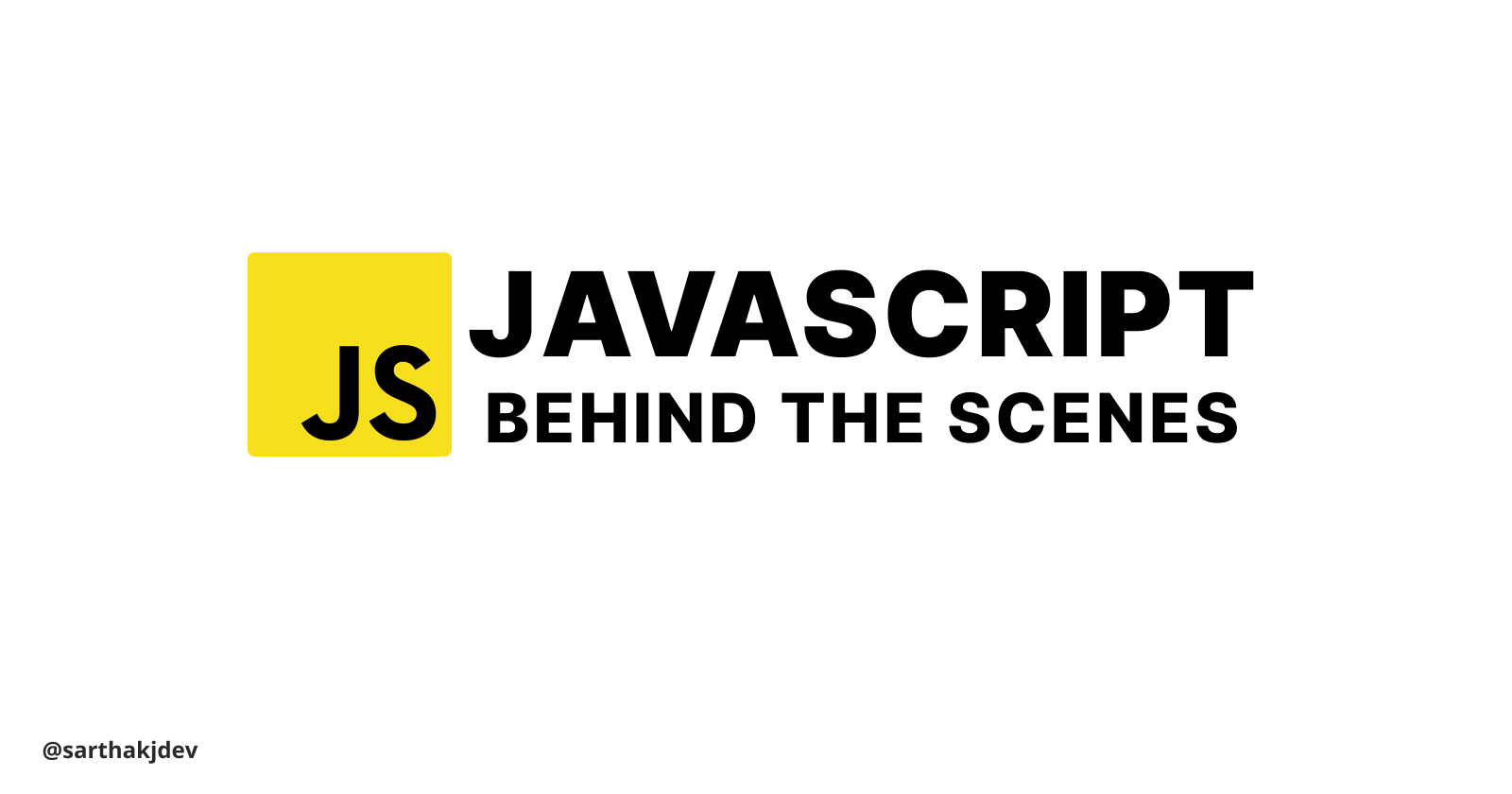Javascript Execution - A curiosity
 Sarthak Jain
Sarthak Jain
Introduction
As a seasoned software developer, I've often found myself intrigued by the inner workings of JavaScript execution. While many developers focus on writing code that works, understanding how JavaScript executes that code can lead to more efficient and bug-free applications. In this blog, we'll delve into the fascinating world of JavaScript execution, exploring its key concepts, error handling, real-world use cases, and even the mysterious callback queue and microtask queue.
The JavaScript Engine
At the heart of JavaScript execution lies the JavaScript engine. Most commonly, we encounter V8, the engine developed by Google for Chrome. Other popular engines include SpiderMonkey (used in Firefox) and JavaScriptCore (used in Safari).
These engines perform a two-step process: parsing and execution.
Parsing: The engine first parses your JavaScript code to create an Abstract Syntax Tree (AST). This tree structure represents the code's syntax and helps the engine understand what your code is supposed to do.
Execution: Once the AST is ready, the engine executes the code step by step. This execution process is where the magic happens, and it's worth exploring further.
Execution Contexts
JavaScript uses execution contexts to manage code execution. These contexts come in two flavours: global and functional.
Global Context: This is the top-level context where your code begins execution. It includes variables and functions defined globally, and it sets the stage for the rest of your program.
Function Context: Each function call creates its own execution context. This context contains local variables, parameters, and a reference to its parent context, allowing functions to access variables from outer scopes (closure).
The Call Stack
To keep track of execution contexts, JavaScript uses a data structure known as the call stack. Think of it as a stack of function calls. When a function is called, its context is pushed onto the stack. When it completes, it's popped off.
function greet(name) {
console.log(`Hello, ${name}!`);
}
function welcome() {
greet('Alice');
greet('Bob');
}
welcome();
In this example, the call stack would look like this:
Global Context
welcome()Function Contextgreet('Alice')Function Contextgreet('Bob')Function Context
Asynchronous JavaScript
JavaScript is single-threaded, meaning it can only execute one task at a time. However, it can handle asynchronous operations efficiently using mechanisms like callbacks, Promises, async/await, and the event loop.
console.log('Start');
setTimeout(() => {
console.log('Timeout');
}, 1000);
console.log('End');
Understanding the event loop, callback queue, and microtask queue is crucial for managing asynchronous code effectively.
The Callback Queue and Microtask Queue
When asynchronous operations complete, they are not immediately executed. Instead, they are placed in the callback queue. The event loop continuously checks the callback queue and executes callbacks when the call stack is empty.
Microtasks, on the other hand, have higher priority. They are executed before the next rendering cycle. Promises and process.nextTick in Node.js use the microtask queue.
Error Handling
Experienced developers pay close attention to error handling. Robust code anticipates and handles errors gracefully. Here's an example of error handling in JavaScript:
try {
// Risky code
const result = 10 / 0;
console.log(result);
} catch (error) {
console.error('An error occurred:', error.message);
}
Real-World Use Cases
To apply this knowledge, consider real-world scenarios. For instance, optimizing code execution for a web application with complex animations, handling server responses efficiently in a Node.js server, or managing UI updates with micro tasks for a smoother user experience.
Conclusion
JavaScript execution is a captivating topic that goes beyond writing code. It's about understanding how your code comes to life and optimizing it for better performance and reliability. By mastering execution contexts, the call stack, error handling, callback queue, microtask queue, and asynchronous patterns, you'll become a more proficient JavaScript developer.
References
Subscribe to my newsletter
Read articles from Sarthak Jain directly inside your inbox. Subscribe to the newsletter, and don't miss out.
Written by

Sarthak Jain
Sarthak Jain
Hello, I'm a freelancer specializing in Node.js (Typescript) and React development, backed by strong DevOps expertise. I'm here to transform your ideas into real technological solutions, so feel free to reach out via DMs. My passion lies in various aspects of the development process, including setting up development environments, creating deployment pipelines, and constructing cloud infrastructures. Feel free to get in touch, and let's discuss how I can help bring your projects to life!